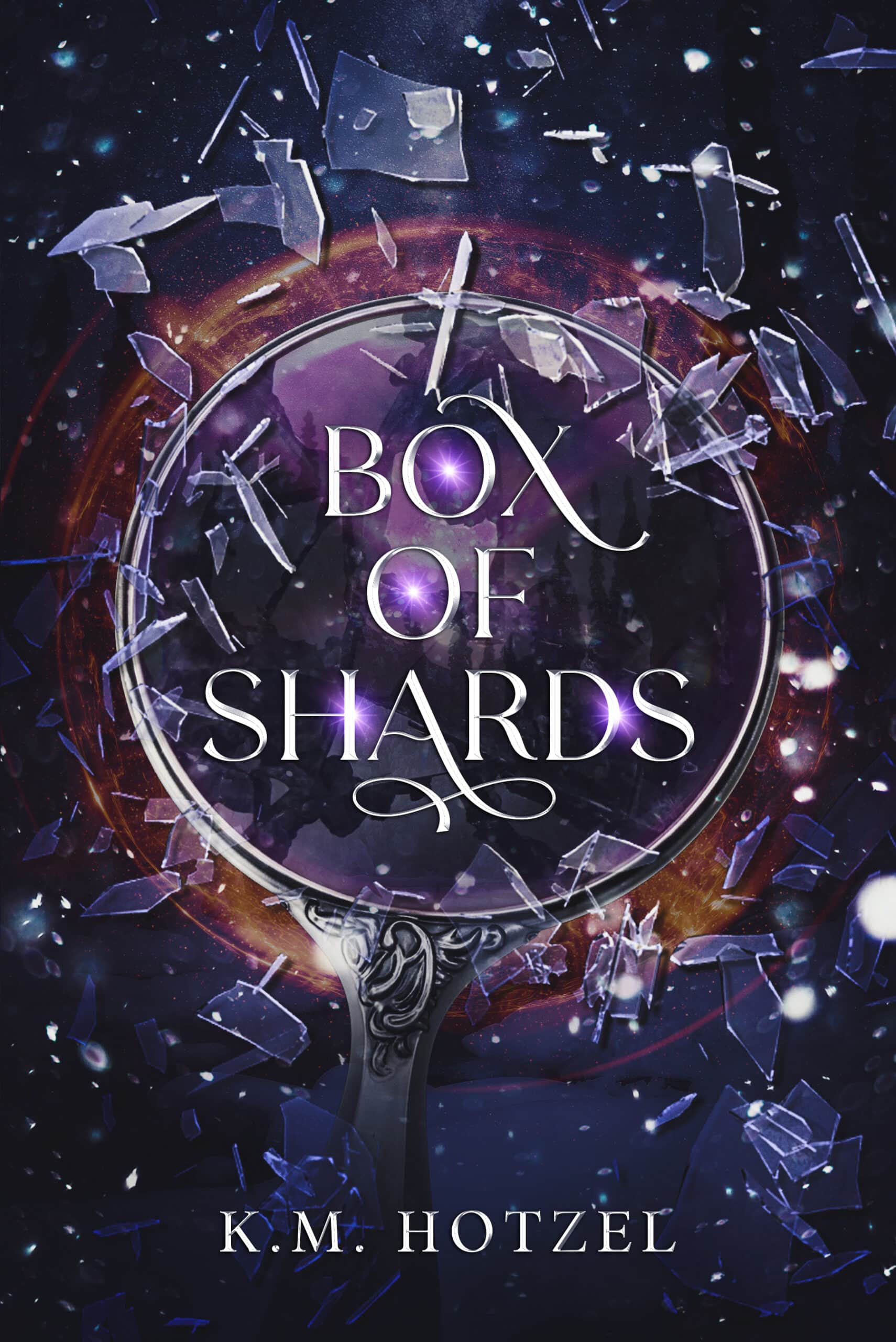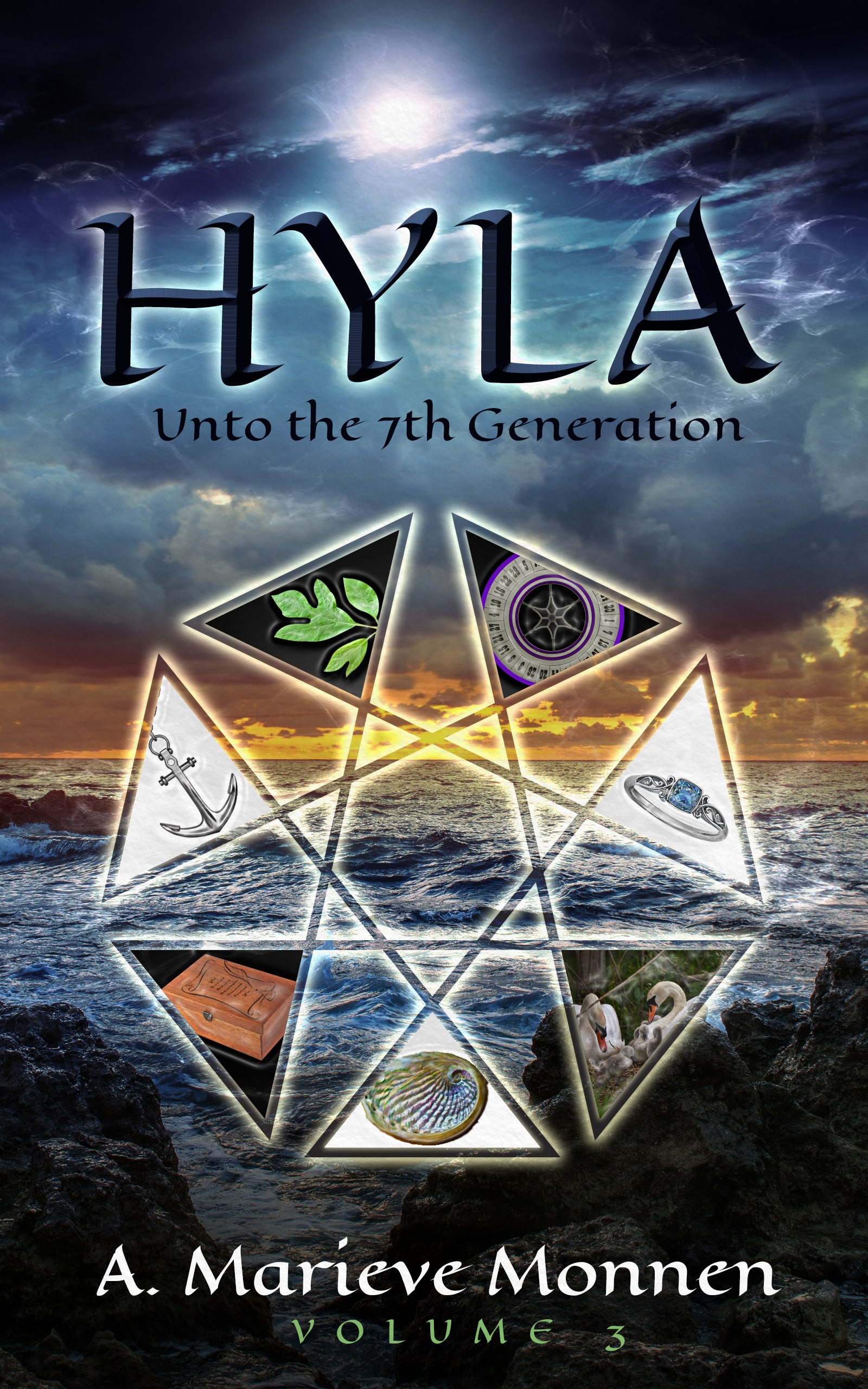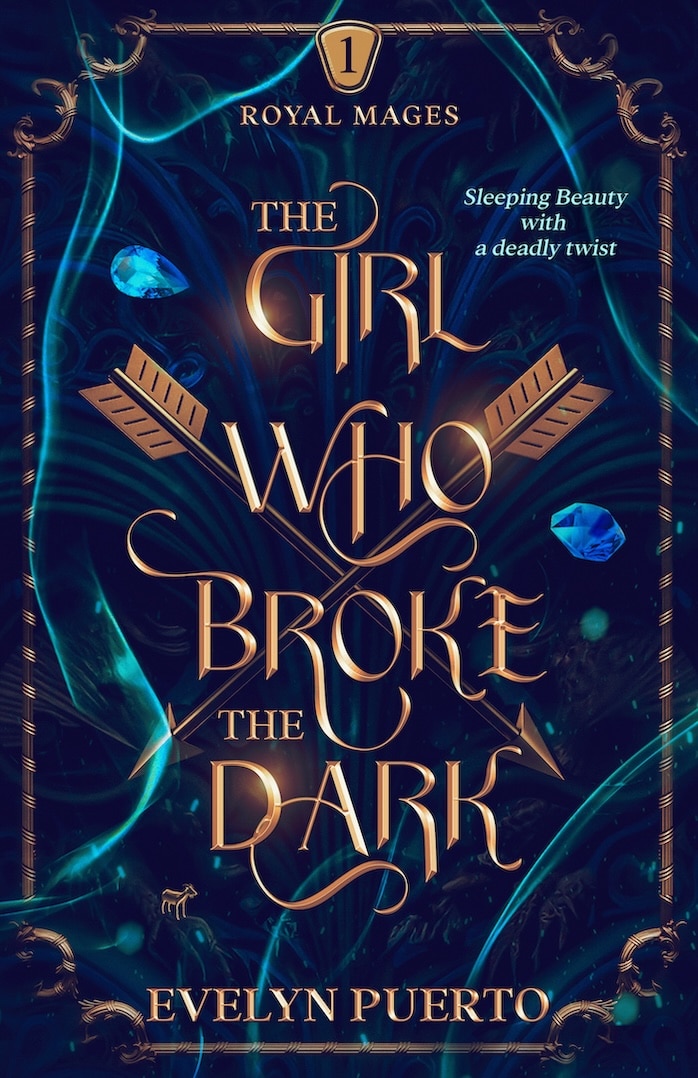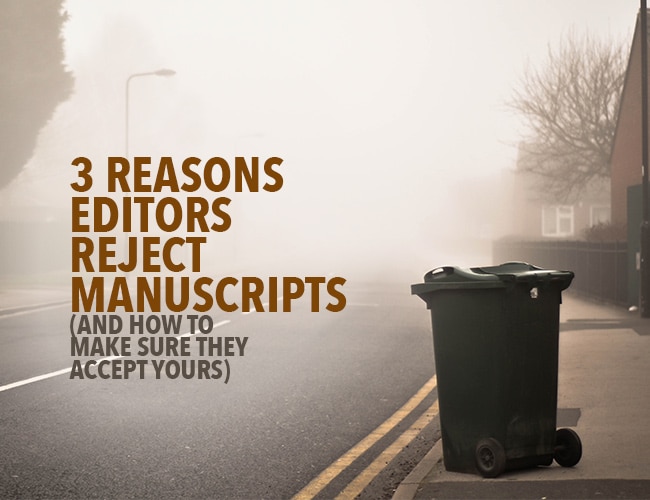
by Joslyn Chase |
Has this happened to you? You finish a story and polish it to a shine, compose your cover letter, send the package off to an editor, and wait through an agonizing time period, only to get that form letter saying thanks, but we’ll pass. Your book was rejected.
It’s happened to me. More times than I care to think about. One thing writers who want to publish learn right off is the pain of rejection, and my best piece of advice is to get used to it. There is life after rejection, and you’ve got to be willing to jump up and go at it again. And again.
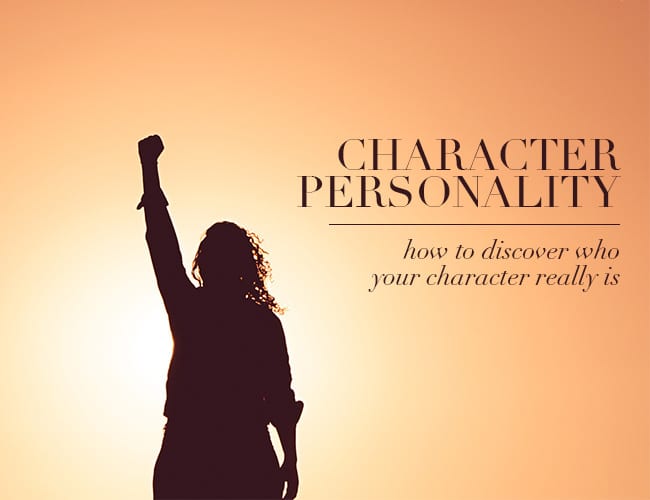
by Joslyn Chase |
Have you ever written a scene that didn’t feel authentic or sit right with you? One very possible reason for such a scene is that your character did not act in accordance with their nature. As writers, we sometimes hit a fallback position where we have our character do what we would do rather than acting … in character. We have to remember to write from the character’s personality rather than our own.
I am not a proponent of detailed character sketches—believing, instead, that the character reveals herself to the writer as the story unfolds. However, as we get to know the character we’re writing, it’s important to understand the essentials of her personality. By doing so, we make it easier to understand and portray the shifts that make up the character arc.
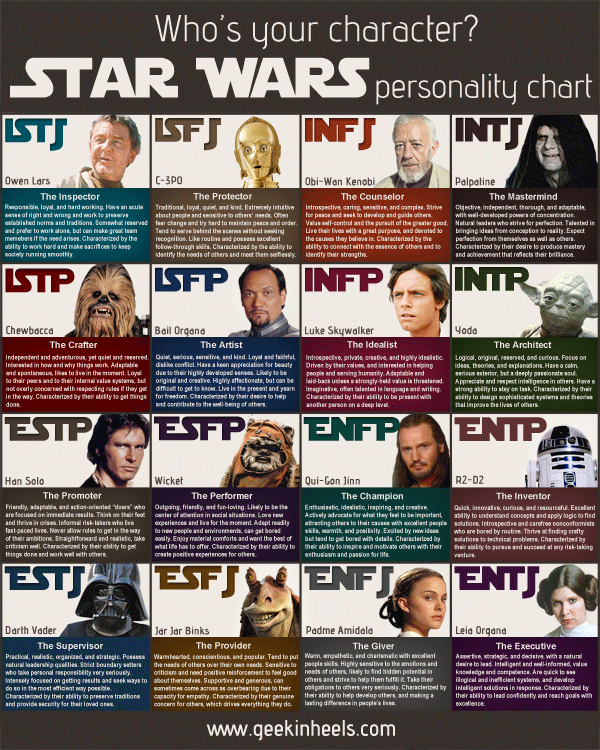
by Liz Bureman |
Back at the end of April, we discussed using the Myers Briggs Type Indicator to develop your characters. We covered the more obvious personality traits: Extroversion vs. Introversion and Thinking vs. Feeling. I would feel bad if we didn’t take the plunge into rounding out all of the elements of the Myers Briggs test, so here we’re tackling Intuition vs. Sensing and Judging vs. Perceiving, which are often the harder Myers Briggs character traits to explain.
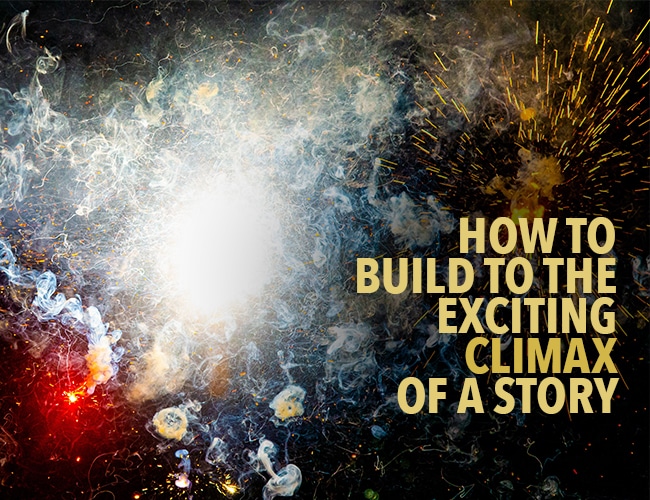
by David Safford |
We can’t wait to get to the climax of a story. It’s the most exciting part, the place with the most action and intense moments. Right?
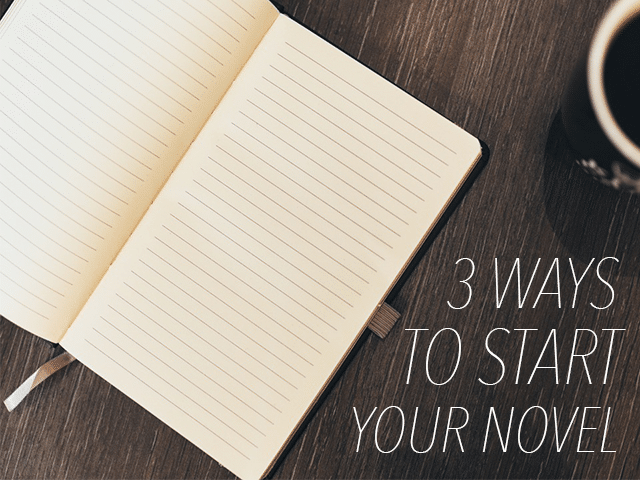
by Ruthanne Reid |
Beginnings matter.
We only get one chance to hook our readers, to pull them in, to guarantee they must read on. That’s probably why so many writers panic over how to start writing those first few pages of a novel.
So how do you start a novel? Where is the best place to begin? Take heart, dear reader: in today’s post, I’ll give you three ways to start a novel, a bonus nugget about antagonists, and a key question to ask yourself before you get to work.
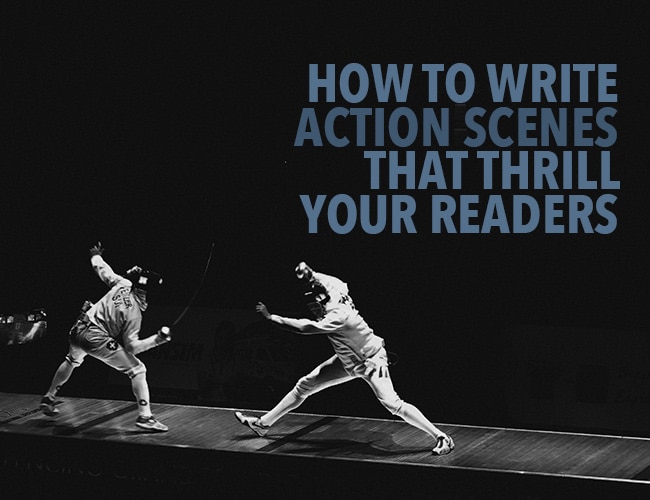
by Joslyn Chase |
Almost any genre you might write in will include some kind of action scene, so it makes sense to learn how to do action well. Action does not always mean a car chase or a shootout, though these are time-honored examples. An action scene can simply be a place in the story where the pacing increases and the movement is external, rather than internal.






